With help of @David I found the answer.
First things first, RxJs is not wrapped with zone anyhow, but native async functions are (as setTimer/Iterval, fetch api, XHR, DOM events). Because of RxJs timer/delay(...) operators use native async functions this causes them to be handled in a context of zone as well.
This is how the Callstack looks like when we are in the Rx tap operator
 You can see that Rx part comes after Angular/Zone one.
You can see that Rx part comes after Angular/Zone one.
Angular in his turn uses zone to call tick() function whenever async callback is executed. Tick method goes down from root component and looks for marked for checking views.
I put breakpoint in tick function, it is called after our callback is executed

So what happens in the first case when we use async pipe on the template.
- Async callback is handled by async pipe operator and markForCheck() function is called
- As we know markForCheck marks current and parent views up to the RootComponent for checking
- After callback from step 1 is done, the
tick() is called. Which finally will check the view and update it
And almost the same happens in the second case, when we call markForCheck inside RxJs operator. We do the same thing as async pipe does, and because our callback is also wrapped with zone we have the the same process be executed after callback is done.
If you will not call markForCheck in your async callback, but call tick function, no update will be done.
Worth mentioning that if you call detectChanges() the update will be done despite not calling markForCheck function.
Here is the example on stackblitz
This is due to detechChanges from ChangeDetectorRef ignores markForCheck flag and does change detection for Component and all its children.
A lot more details in this article
This method runs change detection for the current component view regardless of its state

